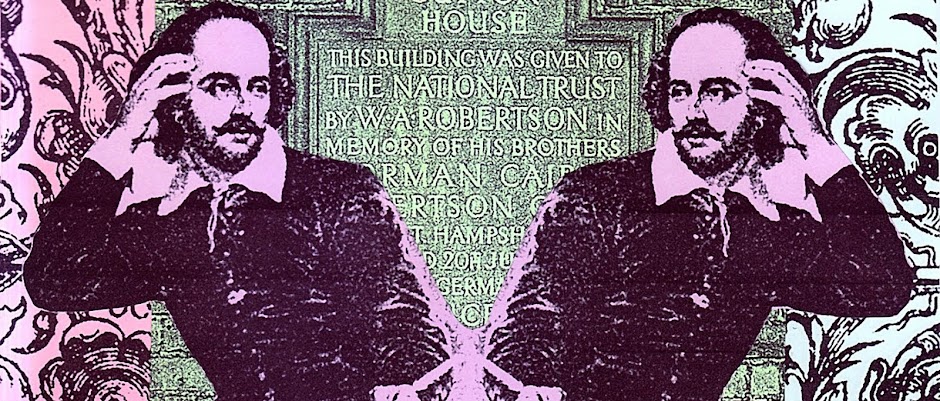However, it troubled me in many ways. Obviously, a lot of the stories shared in the documentary were heartbreaking, but it was the way the documentary was framed that I'm focusing on here. I was bothered by the following:
- Fry's use of the word 'gay'. It was 'gay people this' and 'gay people that'. The inference being 'gay men'. We heard from one lesbian, but apart from that, the language used was very exclusive, and while it's understandable that, at least in the UK, a lot of legislative changes around queer issues have been focused around gay men, that's not to say that issues of homophobia don't concern lesbians, bisexual men and women and trans people. If anything, gay men are the ones whose lifestyles have most broadly been accepted in this country. If you're referring to the LGBTQ community, then address it as such, not the gay community.
- On the subject of language, stop saying 'homosexuality' it's a dated and scientific term that we really need to move away from. Most annoyingly though, and this was my main issue with Moab... is that he insists on calling anal sex "sodomy" or "buggery", both were words used to prosecute and to animalise people. While Fry rightly argued against people assuming that (again, male) gay relationships were purely about anal sex, by saying that anal sex most regularly occured between mixed-sex couples, his defensive tone and assertion that most gay men don't have anal sex was extremely offensive. It's not really moving away from prejudice to steep a very common and natural part of sexual activity in your community with shame by denying it exists, or referring to it in such heinous terms. Of course, it's a nice soundbite to say that queerness is not about sex, it's about love, but of course, it's also definitely about sex.
- Stephen Fry and Elton John as the voices of the gay male community makes me shudder. One is a man ashamed of gay sex, the other has assimilated so willingly to a heteronormative life. Of course I'm not assuming that there's anything wrong with people wanting to get married and have children, I think it's great that people have the option, but surely we've moved beyond this being the pinnacle of queerness.
- Finally, it ended with a white rich gay actor who is successful in Hollywood, and another man who was being trained to shed any hints of effeminacy he might have, as that is the only way he felt he could achieve anything as an actor. I really don't think narratives about these exceptionally privileged people deserve the same platform as a lesbian who was "correctively" raped as a 14 year old, forced to have an abortion and given HIV/AIDS, or an underground medical support group in Uganda for those too scared to seek help through traditional avenues given impending death-sentence laws. Again I'm not suggesting that varying degrees of prejudice aren't worthy of conversation, but I think it trivialises the real issue to contrast them in this way.
- I also didn't like the way he kept saying "one of the few people brave enough to speak to us", I don't think braveness should be measured that way. This suggests that the queer people who are suffering immensely who don't speak on television are not brave. It's deeply troubling. Lastly, I think it was a bit regressive for him to say to a "gay cure" doctor "you could pass as gay because you're so well groomed" I see what he was trying to do, but let's not enforce stereotypes.
Apologies this is a bit of an incoherent rant, I'm just tired of seeing issues such as these being handled so poorly. I learnt nothing from this documentary, but that's fine, I wasn't the intended audience, I follow queer politics around the world quite closely, but if this show was aimed to educate people, let's not educate them within such troubling and tedious heteronormative parameters. Do I admire Stephen Fry? A little. Do I like him? A lot. Does he speak for my queer community? Absolutely not.

